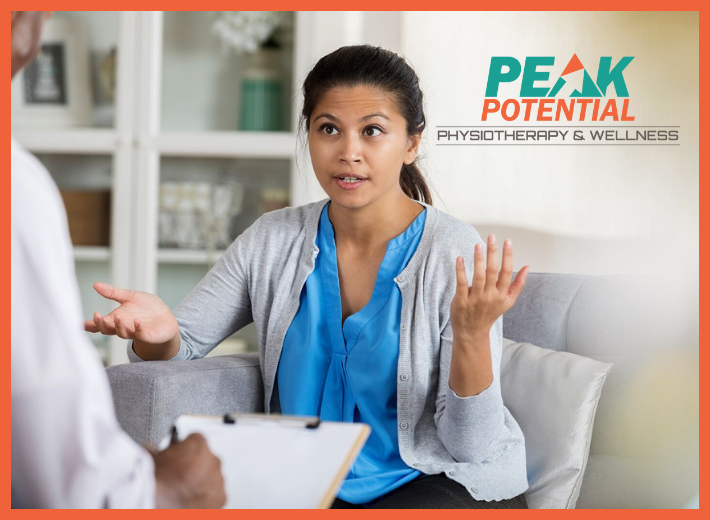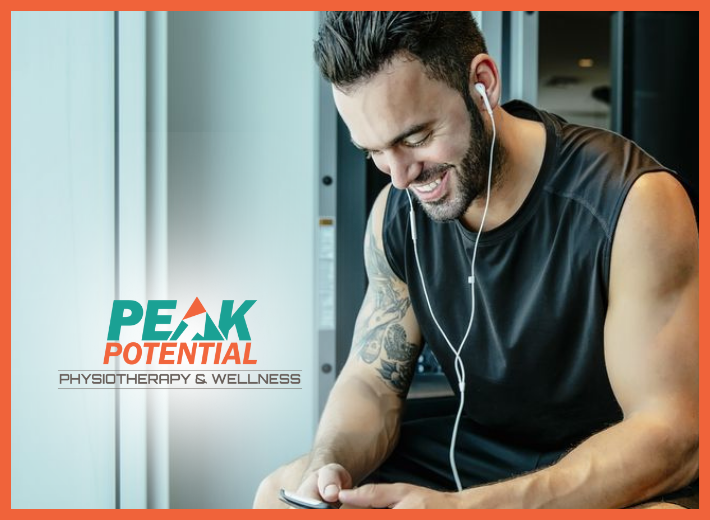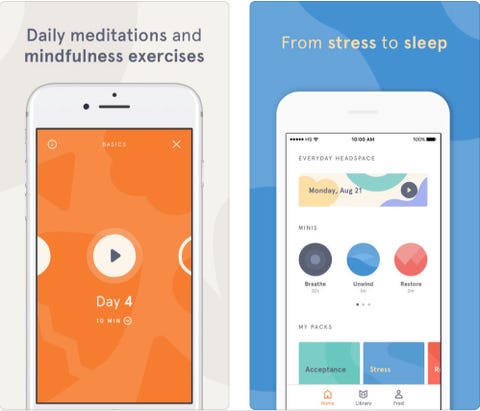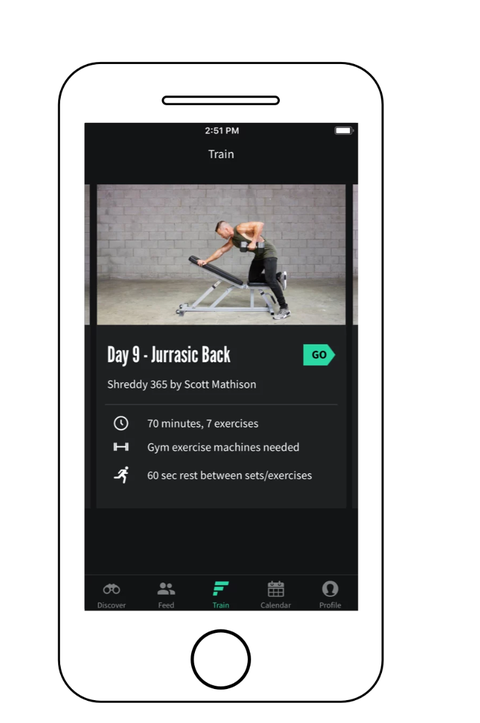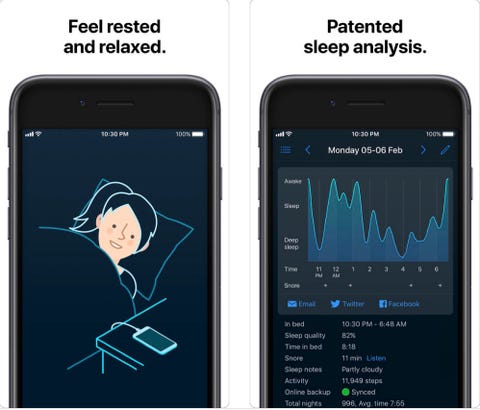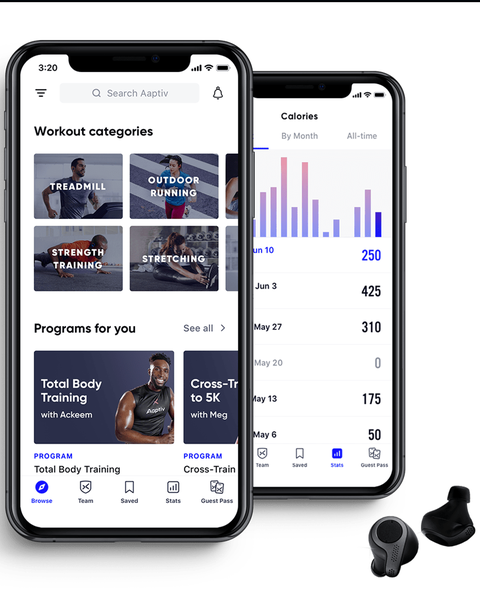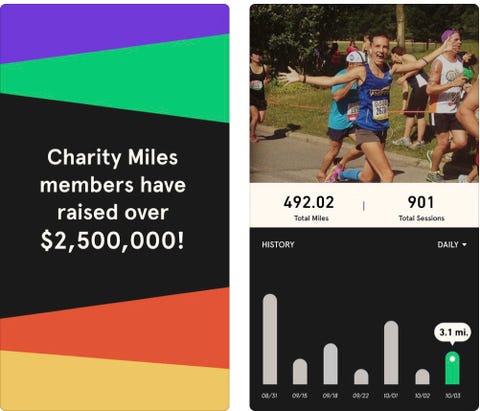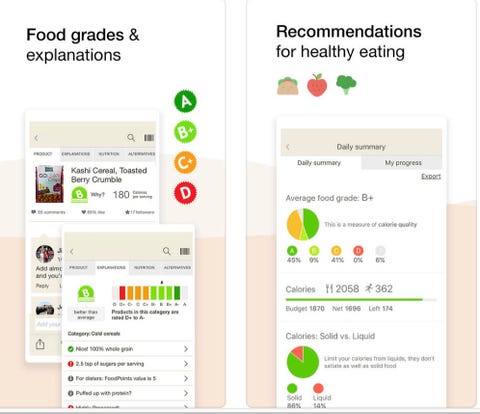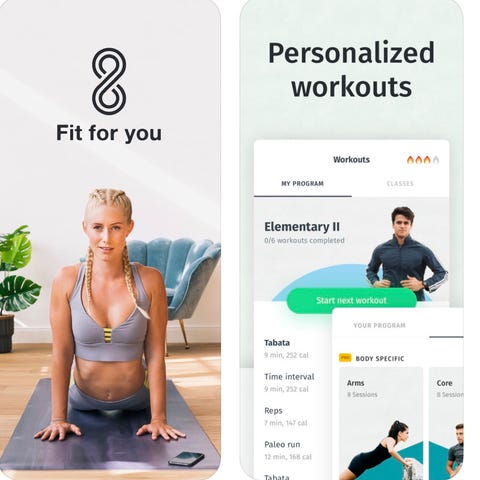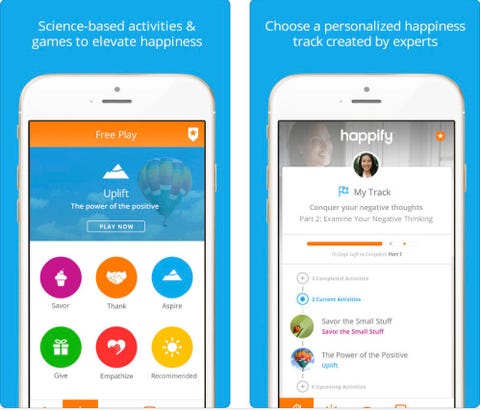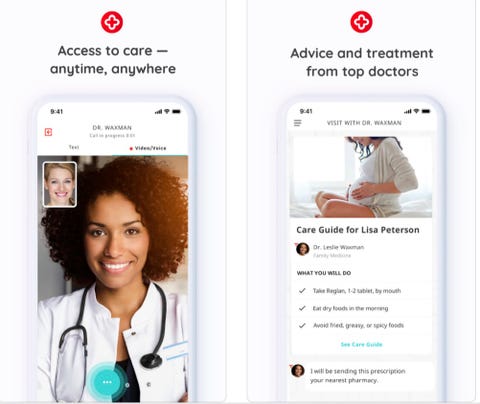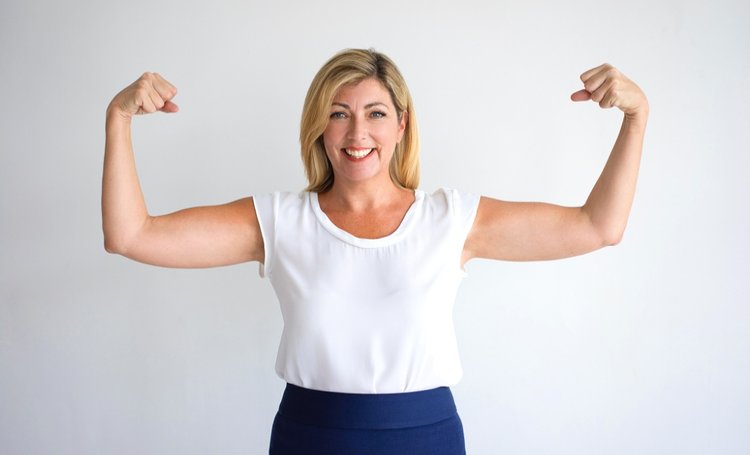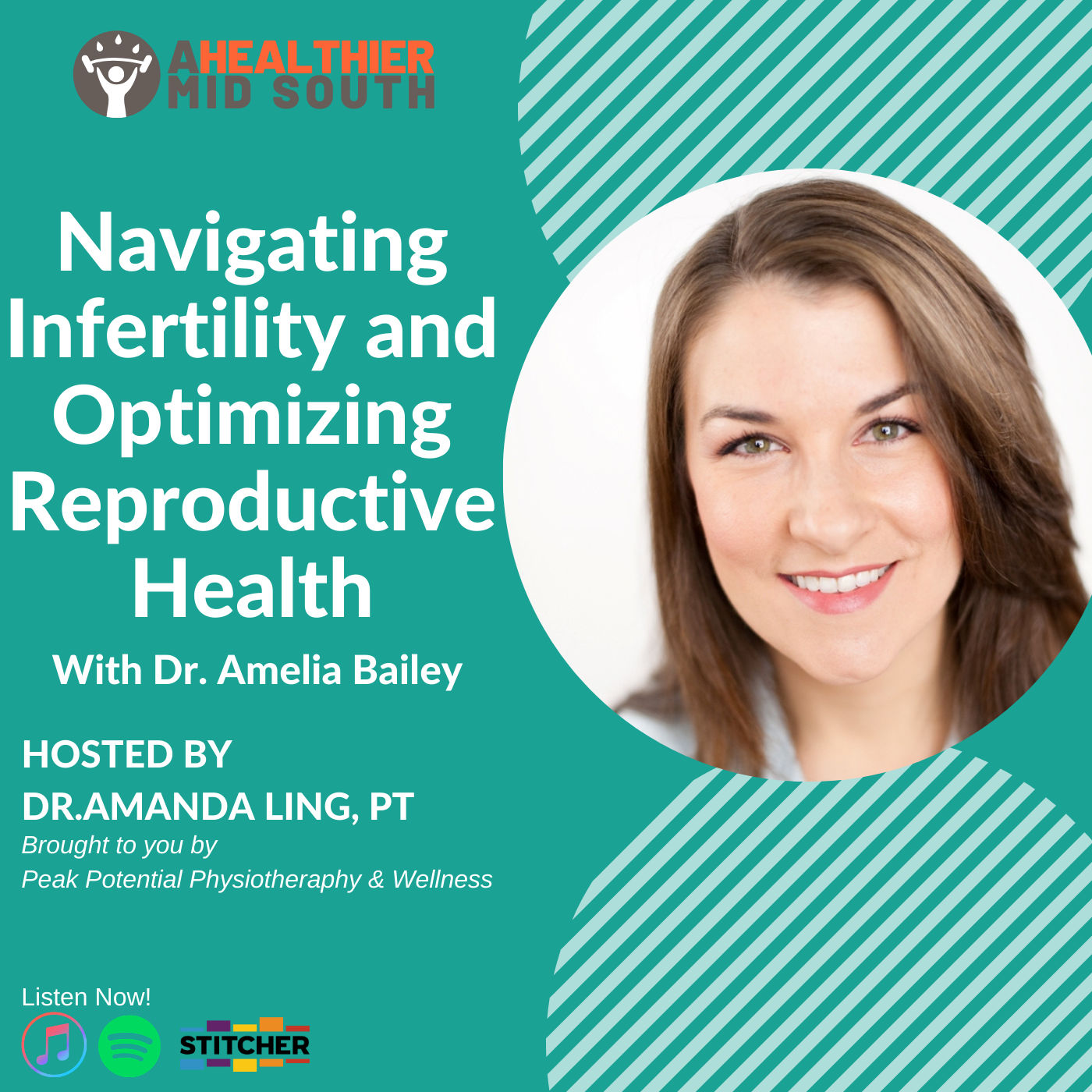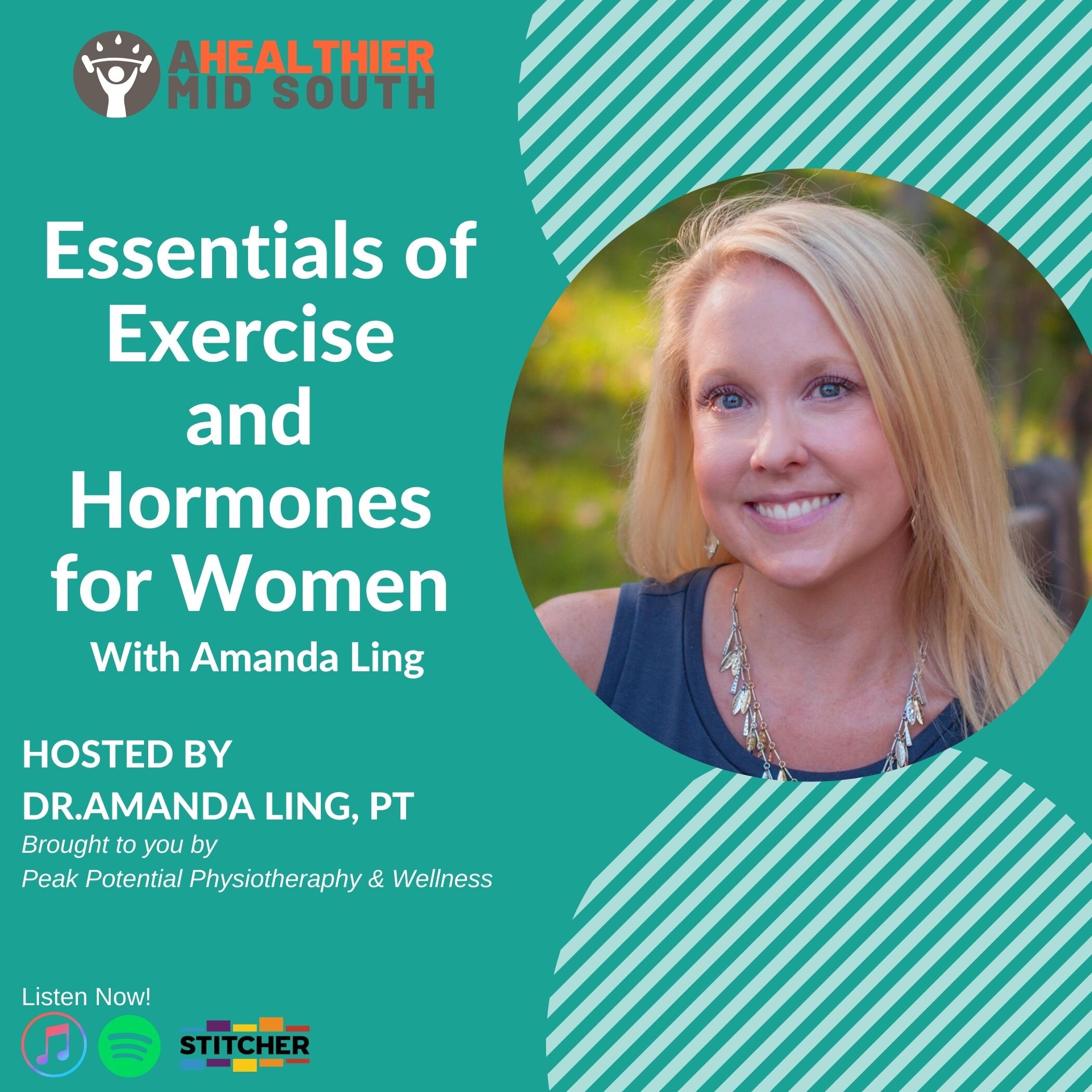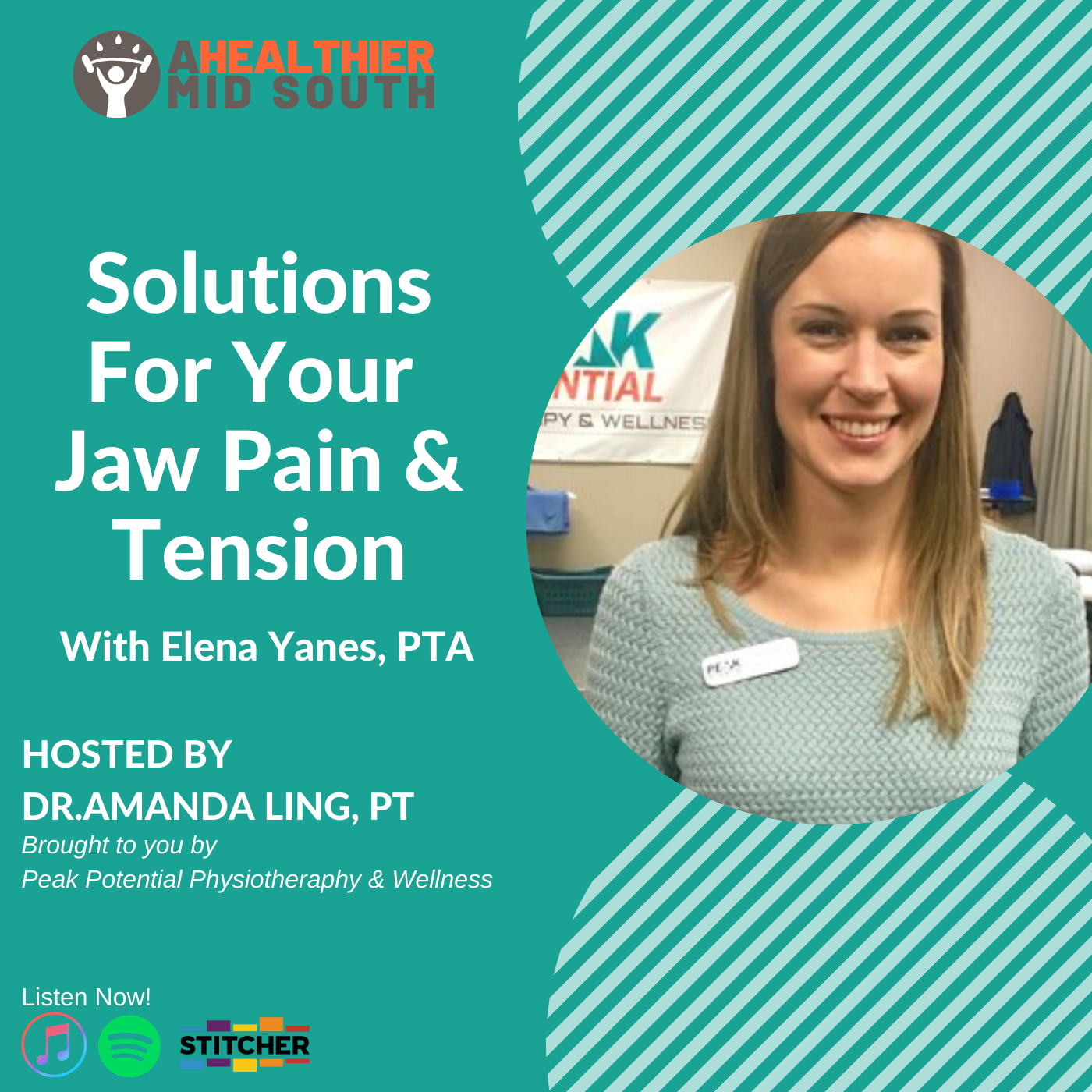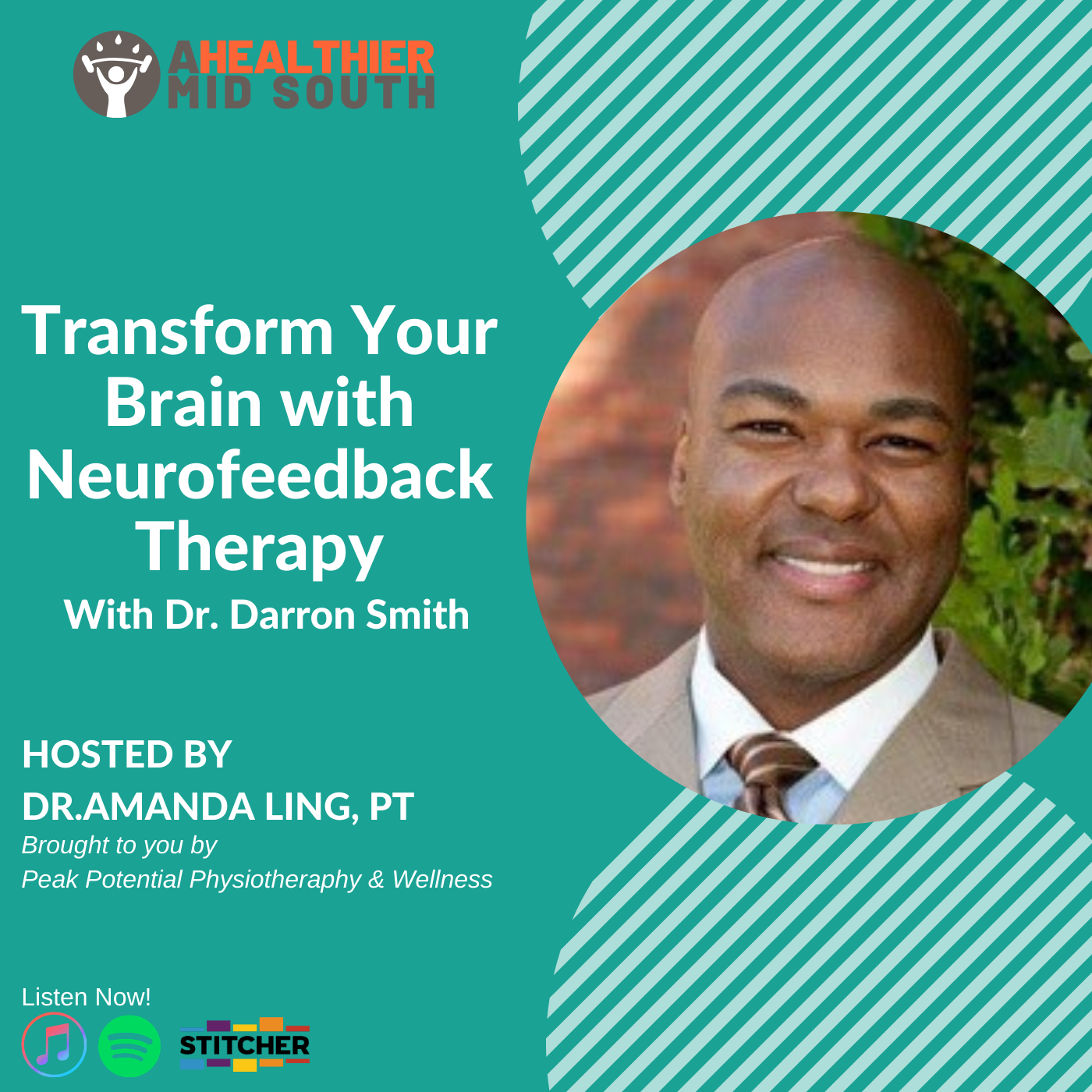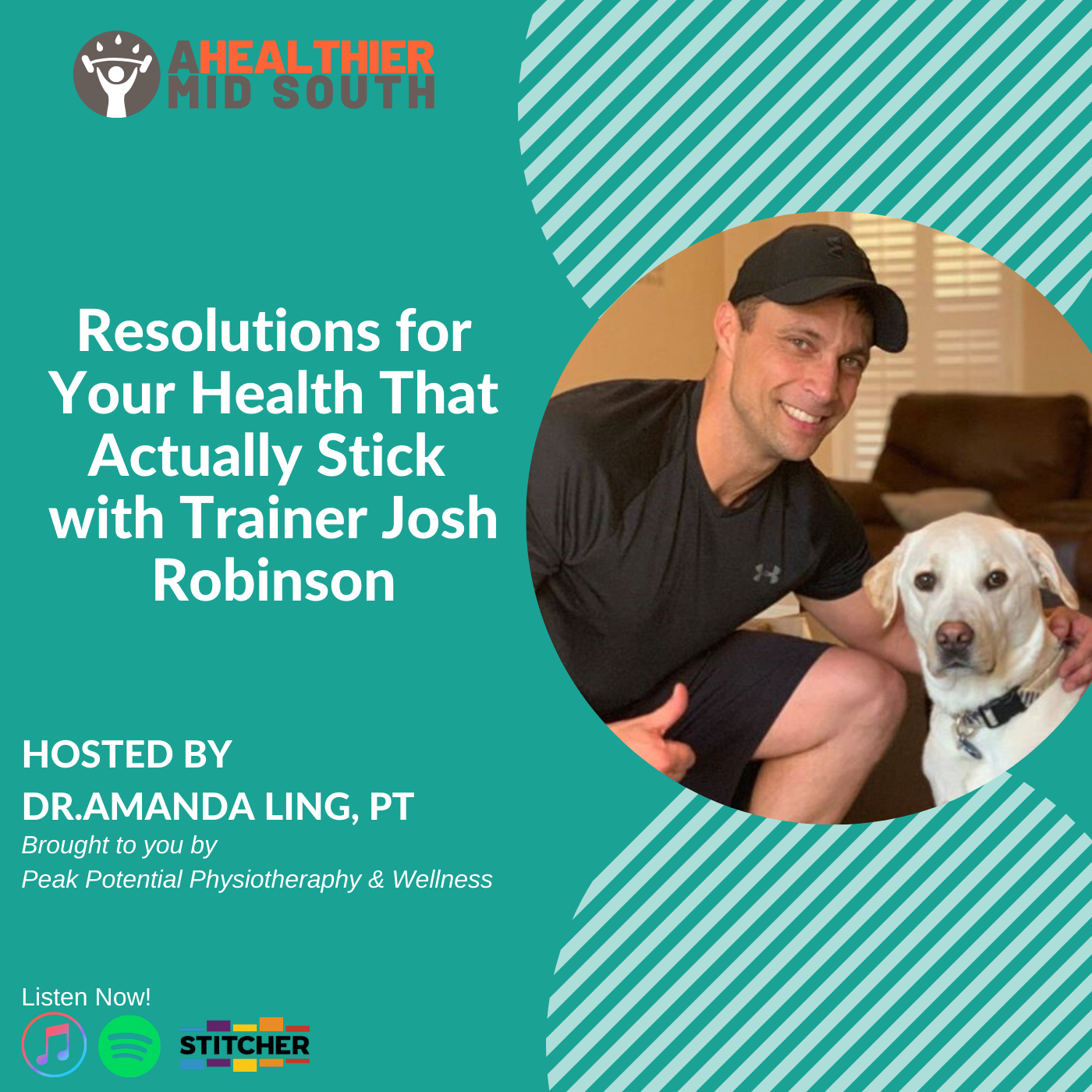Medical professionals have a duty of care to treat every patient and client equally, but it does not always happen. It can be incredibly disheartening to put all of your trust in a doctor, specialist, or medical expert only to be dismissed or misdiagnosed. Instead of getting the necessary treatment, you leave with added psychological distress. Here is an insight into this disturbing occurrence — one which, we are happy to say, will never happen with our team. We live by the “people first” model.
Jenneh Rishe could easily run six miles in under 45 minutes — until suddenly she couldn’t. In the spring of 2019, Mrs. Rishe, now 35, began finding her daily jogs a struggle.
Years earlier, she had been diagnosed with two congenital heart conditions that, she said, doctors told her would not affect her daily functioning. Yet she was getting worse: Intense chest pains woke her up at night, and she started using a wheelchair after passing out too many times.
Mrs. Rishe, who lives in Los Angeles, found a highly recommended cardiologist in the Midwest and flew there to see him. He immediately dismissed her symptoms, she said. “People who have these heart conditions aren’t this sick,” she remembers him saying. He prescribed a new heart medication, told her to exercise and sent her home.
Unsatisfied with her care, Mrs. Rishe saw yet another doctor, who ordered extensive tests that found her arteries were spasming from a lack of oxygen. “I was basically having mini-heart attacks, whenever I was having chest pain,” she said. Two months later, she had open-heart surgery to correct the problem, which she later learned may have saved her life.
“I constantly still think about how any run I went on quite literally could’ve been my last,” Mrs. Rishe said.
Research suggests that diagnostic errors occur in up to one out of every seven encounters between a doctor and patient, and that most of these mistakes are driven by the physician’s lack of knowledge. Women are more likely to be misdiagnosed than men in a variety of situations.
Patients who have felt that their symptoms were inappropriately dismissed as minor or primarily psychological by doctors are using the term “medical gaslighting” to describe their experiences and sharing their stories on sites like Instagram. The term derives from a play called “Gaslight” about a husband’s attempt to drive his wife insane. And many patients, particularly women and people of color, describe the search for accurate diagnosis and treatment as maddening.
“We know that women, and especially women of color, are often diagnosed and treated differently by doctors than men are, even when they have the same health conditions,” said Karen Lutfey Spencer, a researcher who studies medical decision-making at the University of Colorado, Denver.
Studies have shown that compared with men, women face longer waits to be diagnosed with cancer and heart disease, are treated less aggressively for traumatic brain injury, and are less likely to be offered pain medications. People of color often receive poorer quality care, too; and doctors are more likely to describe Black patients as uncooperative or non-compliant, which research suggests can affect treatment quality.
“I recall playing it over and over again in my head trying to figure out what I may have done to cause him to react this way,” said Mrs. Rishe, who is Black, about the Midwest cardiologist. “And, yes, racism crossed my mind.”
Women say doctors frequently blame their health problems on their mental health, weight or a lack of self-care, which can delay effective treatment. For instance, Dr. Spencer’s research suggests that women are twice as likely as men to be diagnosed with a mental illness when their symptoms are consistent with heart disease.
When Sarah Szczypinski, a journalist in Seattle, began experiencing knee pain and swelling in 2016 after giving birth to her son, she said that one doctor told her she had postpartum depression, while another told her she needed to lose weight and do squats — when in fact she was suffering from hip dysplasia exacerbated by her pregnancy.
She felt as though the doctors were telling her that her excruciating pain “was something that a woman needs to just live through,” she said. The condition had gotten so bad it ultimately required surgery, in 2020, to saw her leg bone in half and realign it with her hip. When she finally got the diagnosis, “I felt vindicated in a lot of ways,” she said. But ultimately, “it took three years to get a diagnosis and another two to heal.”
Some patients are more likely to be ‘gaslit and ignored’
Women may be misdiagnosed more often than men, in part, because scientists know far less about the female body than they do about the male body, even though “there are biological differences that go down to the cellular level,” said Chloe Bird, a senior sociologist at Pardee RAND Graduate School who studies women’s health.
In 1977, the U.S. Food and Drug Administration began recommending that scientists exclude women of childbearing years from early clinical drug trials, fearing that if enrolled women became pregnant, the research could potentially harm their fetuses. Researchers were also concerned that hormonal fluctuations could muddle study results.
Today — thanks in large part to a law passed in 1993 that mandated that women and minorities be included in medical research funded by the National Institutes of Health — women are more systematically included in studies, yet there are still huge knowledge gaps.
For instance, women with heart disease often have different symptoms from men with heart disease, yet doctors are much more familiar with the male symptoms, said Dr. Jennifer Mieres, a cardiologist with Northwell Health in New York. When “women show up with symptoms that don’t fit into the algorithm we’re taught in medical school,” she said, they get “gaslit and ignored.”
By the time Michelle Cho, 32, was diagnosed with systemic lupus erythematosus, a disease in which the body slowly attacks its own tissues, she had developed kidney failure, a heart murmur and pneumonia — yet the first doctor she went to diagnosed her with allergies, she said, and the second doctor thought she was pregnant.
“I left each time feeling disappointed, sad and uneasy, because I knew they had not solved my problem or helped me in any way, and it had been yet another wasted day,” said Ms. Cho, a New York City-based medical student. “It felt like they were saying, ‘It’s all in my head.’”
When Raimey Gallant, a 42-year-old writer who lives in Winnipeg, began dropping weight, losing her hair and breaking out in a full-body rash in her 20s, she said her male doctor told her she was “young, healthy and just lazy,” when in fact, later that year she was diagnosed with Graves’ Disease, an autoimmune disorder in which the body produces too much thyroid hormone.
She also struggled for 20 years with disabling period pain before finally getting diagnosed last year with endometriosis, an inflammatory disease characterized by the presence of endometrial-like tissue outside the uterus. “I’ll never get back the pieces of life I’ve lost to medical neglect,” she said.
How doctors and patients can elevate care
It’s hard to know how to begin to address these systemic problems, experts said, but scientists argue that at the very least, there needs to be more research on women’s health conditions.
Doctors should also be given more time with their patients, and see fewer patients overall, Dr. Spencer suggested. Research has shown that when people are juggling many cognitive tasks, they are more likely to make biased decisions. One study found, for instance, that male doctors were less likely to prescribe pain medications to Black patients with lower back pain when the doctors were under stress.
Physicians are often working under difficult conditions that “make it easy to make mistakes and oversights,” Dr. Spencer said. “It’s like a gauntlet of problematic systems and processes that invite bias.” Researchers have also called for more training in medical school about unconscious bias and racism in health care. In 2019, California passed a law requiring hospitals to implement implicit bias programs for all health care providers who provide perinatal care.
Until more changes occur, women and patients of color might want to consider bringing a friend or relative with them to their medical appointments, said Dr. Alyson McGregor, co-founder and director for the Sex and Gender in Emergency Medicine division at Brown University. “It really helps if you have an advocate there that can intervene and say things like, ‘She is not normally in this much pain,’” she said.
And “see another doctor if you feel dismissed,” Dr. McGregor said. You might even want to consider seeking out a woman physician or a provider with better cultural competence, who may better “understand your perspective and language.”
Four months after Mrs. Rishe’s surgery, she wrote a letter to the doctor who dismissed her symptoms. “I drafted a whole message about how that interaction left me really upset and that I felt really small,” she said. She is relieved this particular doctor is out of her life, but she worries she might have a similar experience with another physician one day.
“It’s sad,” she said, adding: “We go in on the defense and ready for it to happen, because it’s so common.”
At Peak Potential, our team of expert medical professionals operates from a place of compassion — for everyone. We actively listen to gain a comprehensive understanding of each client’s unique circumstances. Call us, and see what sets our team apart. 901.316.5456 or find us on our Facebook page.

